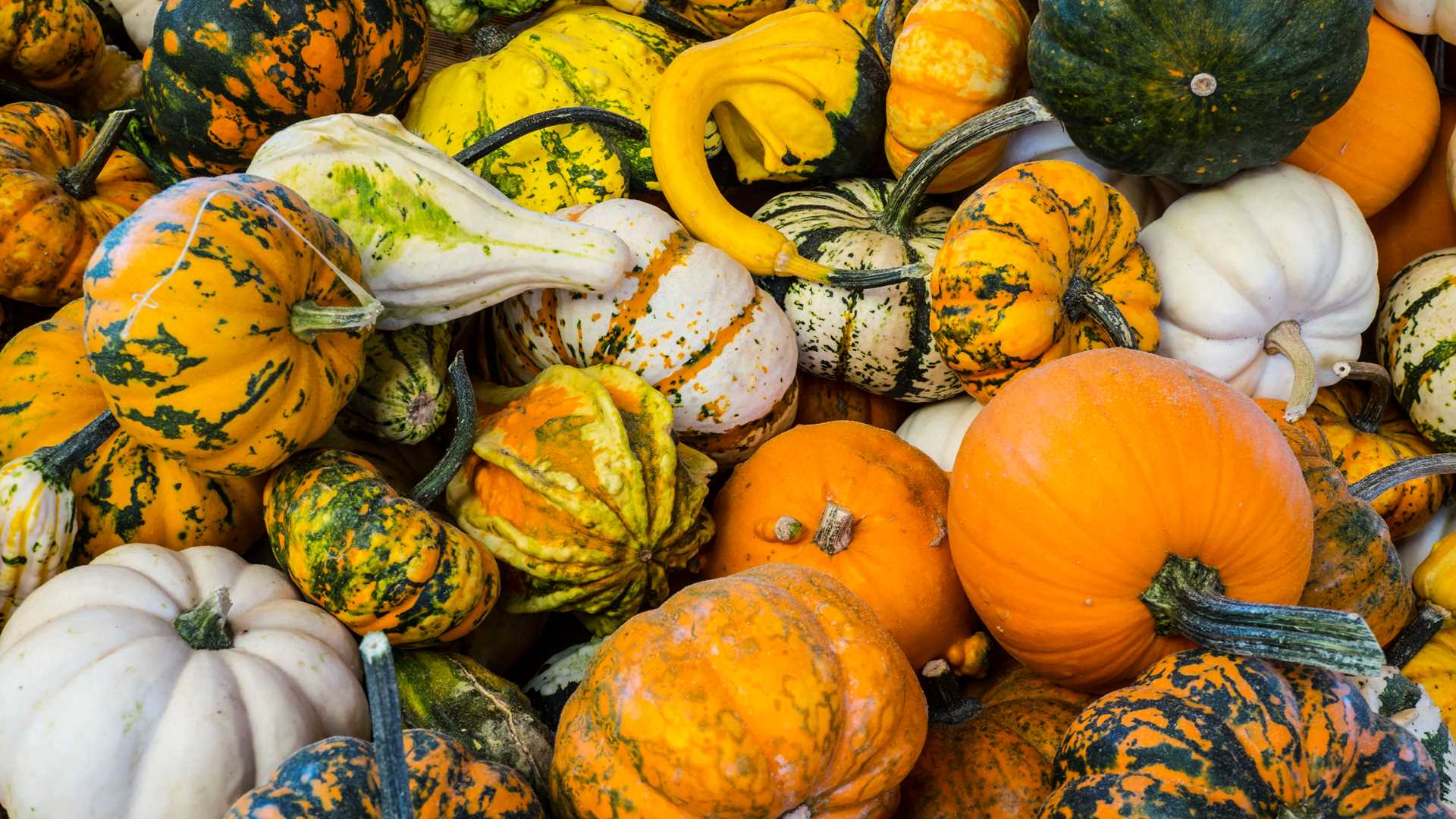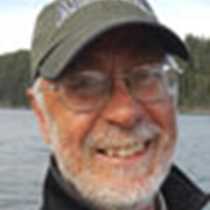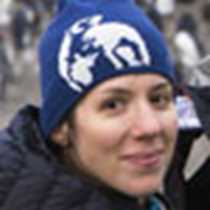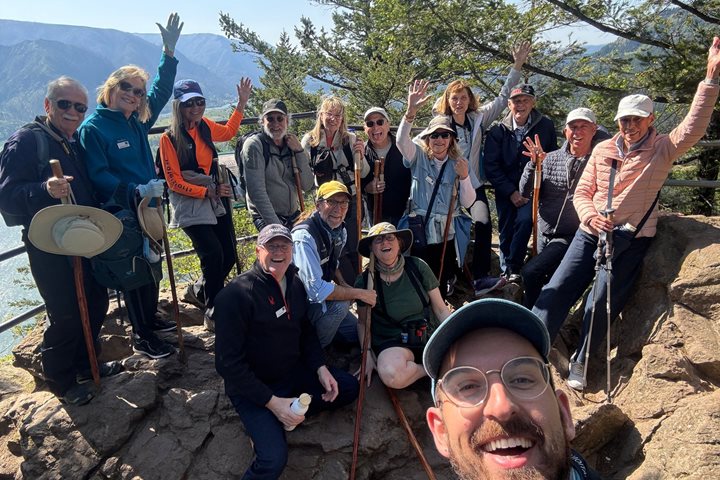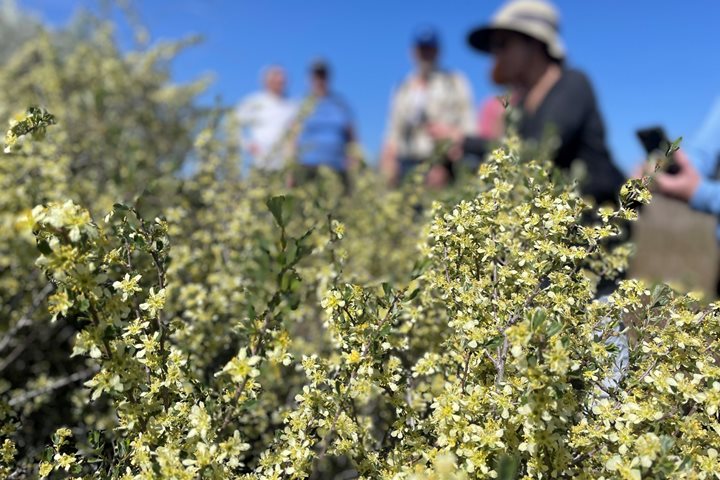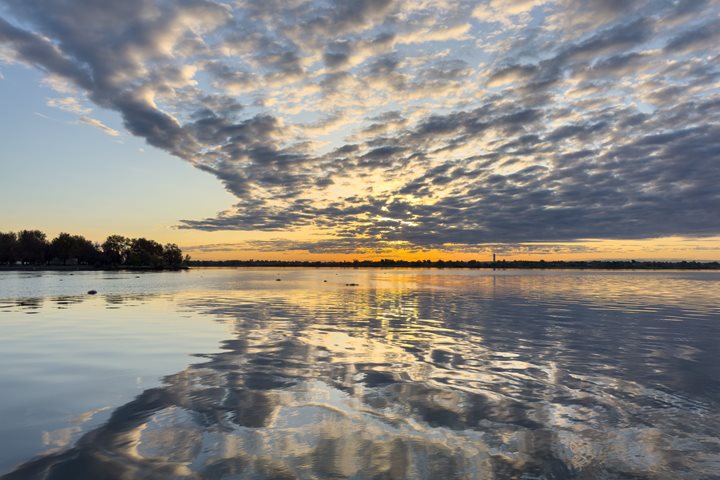This morning had an early start to activities. We had another full day ahead of us exploring the Columbia River Gorge area. First it was off to the Western Antique Airplane & Automobile Museum, then we were heading to Draper Girls Farm for samplings of local fruits and ciders, followed by our return to the National Geographic Sea Lion for another excellent lunch. Almost immediately it was off again for an entire afternoon of exploring. First everyone went to Multnomah Falls, the tallest waterfall in Oregon, and the second tallest in the country. This was followed by two options, climbing Beacon Rock, a landmark from the Lewis and Clark Expedition, and visiting the Bonneville Fish Hatchery to see the returning salmon and hatchling salmon. The special treat, however, was seeing the huge white sturgeon through a viewing window in the side of their pool! Another fabulous day on the river!
Call +1.800.397.3348 or contact your travel advisor

